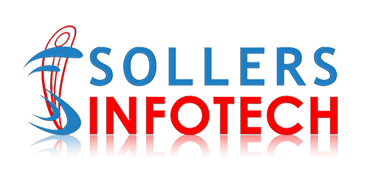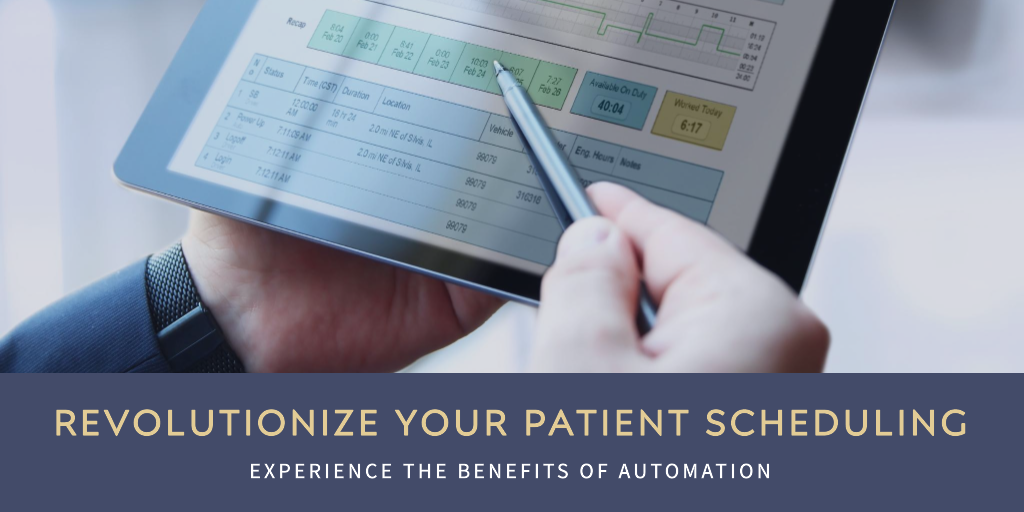Streamlining Healthcare: How Automation Enhances Patient Scheduling
Patient scheduling is a fundamental aspect of healthcare, but it can often be a complex and time-consuming process for both patients and healthcare providers. However, automation is changing the game by simplifying and optimizing the patient scheduling experience. In this article, we’ll explore how automation is revolutionizing patient scheduling and improving overall healthcare efficiency.
- Seamless Appointment Booking
Automation in patient scheduling allows for seamless appointment booking. Patients can easily schedule appointments online, at any time, without having to wait on hold or navigate complex phone menus. Automated booking systems integrate with healthcare provider calendars in real-time, ensuring that patients can choose from available time slots that are convenient for them.
- Reducing Human Error
Human errors in appointment scheduling, such as double-booking or scheduling conflicts, can result in patient frustration and disruptions to healthcare provider schedules. Automation systems significantly reduce the risk of these errors by using algorithms to manage appointment slots and avoid conflicts.
- Efficient Resource Allocation
Automated patient scheduling systems optimize resource allocation within healthcare facilities. They take into account various factors, such as the type of appointment, the healthcare provider’s availability, and the duration of the appointment, to allocate resources efficiently. This leads to a more balanced workload for healthcare staff and minimizes wait times for patients.
- Appointment Reminders
Automation not only helps patients book appointments but also sends automated appointment reminders. These reminders can be in the form of emails, text messages, or phone calls, depending on the patient’s preferences. Timely reminders reduce the number of no-shows, ensuring that healthcare providers can maximize their schedules and patients receive the care they need.
- Waitlist Management
Waitlists can be efficiently managed through automation. When a previously booked appointment is canceled, automated systems can notify patients on the waitlist, giving them the opportunity to fill the available slot. This proactive approach to scheduling reduces gaps in healthcare provider schedules and minimizes patient wait times.
- Telehealth Integration
In an era where telehealth services have become increasingly important, automation plays a crucial role in integrating virtual appointments into the scheduling process. Patients can seamlessly book both in-person and telehealth appointments through automated systems, providing them with greater flexibility and access to healthcare services.
- Data-Driven Insights
Automated patient scheduling systems generate valuable data that can be used to optimize scheduling practices further. Healthcare providers can analyze this data to identify trends, peak appointment times, and areas where improvements can be made. This data-driven approach leads to continuous refinement of the scheduling process.
Conclusion
Automation is transforming patient scheduling in the healthcare industry, making it more convenient, efficient, and error-free. By offering seamless appointment booking, reducing human errors, optimizing resource allocation, sending reminders, managing waitlists, and integrating telehealth services, automation enhances the overall patient experience and streamlines healthcare operations. As healthcare providers continue to embrace automation, patients can expect a smoother, more patient-centric scheduling process that ultimately leads to better healthcare outcomes. Automation is not just improving scheduling; it’s shaping the future of healthcare delivery.




